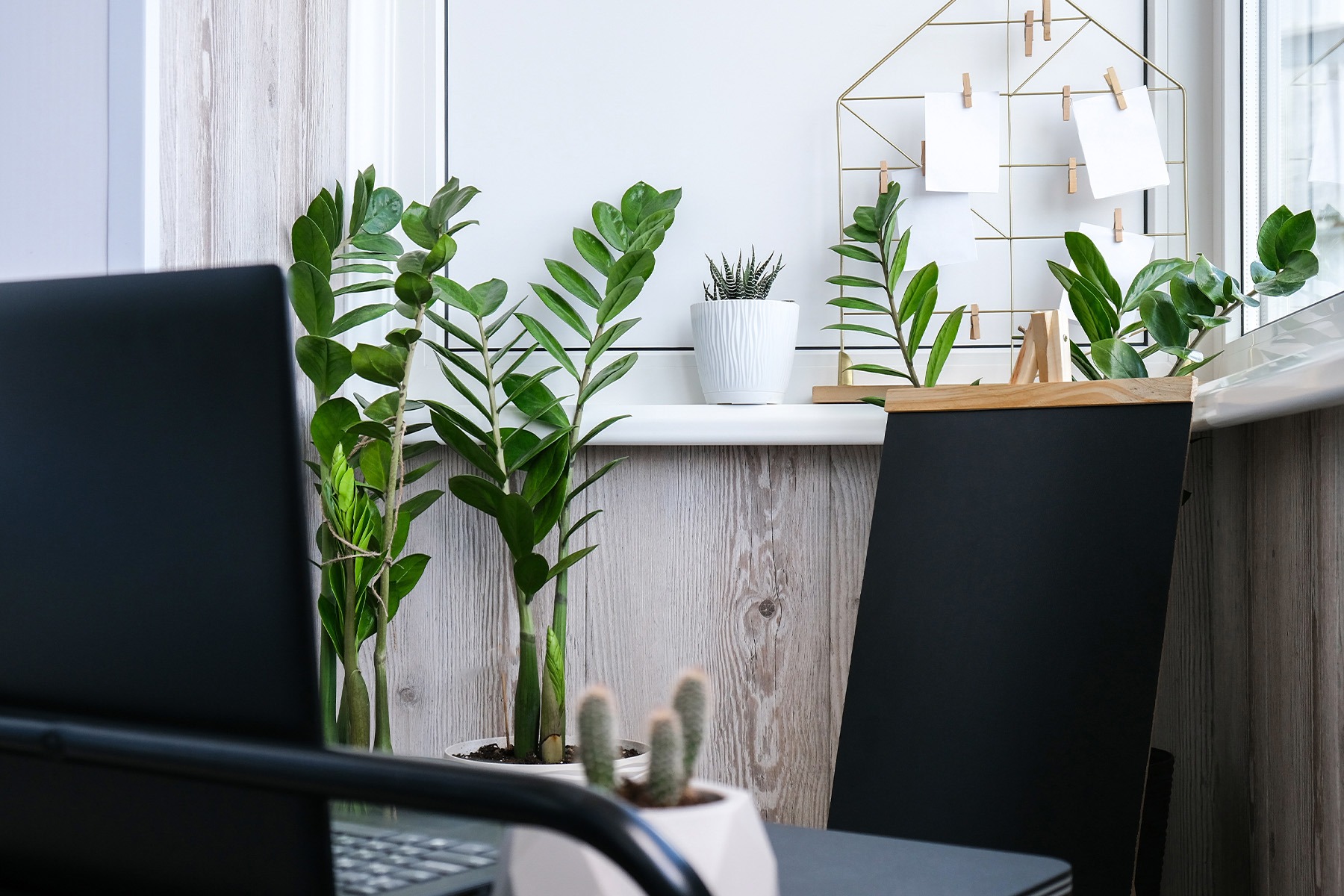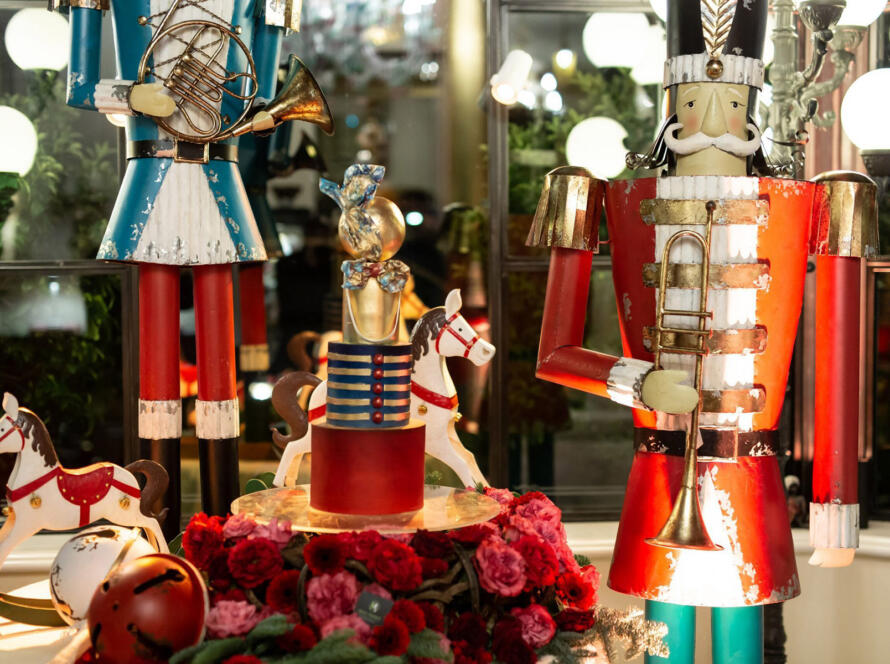September brings with it a symbolic charge so powerful that it even exceeds the New Year.
It represents a new beginning, the starting point for new journeys and the formulation of objectives. During this period, offices and schools reopen, the courses in the gym are revived and projects and hobbies are taken back into the hands.
It is as if we wake up from the slumber of holidays, it’s our spring. In our new season, nature can help us and accompany us in the transition. It has been found that having vegetative elements next to it brings benefits to the environment and mood.
A new colleague in the office: green
It has been proven that the presence of a plant near your workspace, whether in the office or at home, relieves stress, enriches the furniture and purifies the air. The choice of product must be guided by these two essential factors: the light present and the time you would have to deal with it.
Increasingly, botanical elements play a strategic role in office furniture. They represent the brand values, reflect the characteristics of the team and infuse relaxing essences (have you tried lavender and jasmine?) and benefits for domestic pollution.
Here are the botanical varieties that could make the environment more colorful, healthy and welcoming:
Succulent
A simple solution, not bulky and that keeps away that unpleasant coworker? The succulents are available in different shapes and colors, you can enjoy many types and also opt for fat seedlings from which beautiful flowers bloom. The succulents require very little care, they lend themselves to all types of furniture and with them it is possible to give life to a composition with different varieties, playing with pots and textures. But be careful – the most common cause of death is too much irrigation: water should be given once every two weeks in spring, and once every three weeks in win
Monstera
Do you miss the holidays? the heart-shaped leaves of the delicious monstera will remind you of paradisiacal tropical islands. This variety does not need direct light, so it is perfect for indoor environments such as the office. Just keep the soil moist and leaves sprayed. A precaution: the ideal is to give it space around to grow, it becomes very high (up to 2 m) and if it finds walls or windows next to it it will develop in a disproportionate way.
Medinilla Magnifica
The medinilla, unfortunately little known, is able to make every room elegant, with its soft cascanti forms, and makes the atmosphere lighter with its particular pink flowers, similar to clusters of alien grapes. Native to the Mariana Islands, this variety loves humidity and heat, and should be kept away from direct light, air conditioners and radiators. Therefore, the ideal care involves spraying with water to prevent leaves from drying out and periodic watering when the surface layer of soil is dry.
Kentia
This Australian plant will win over every customer with its glossy green leaves and a very special generous crown. The wild look should not intimidate you, it is very simple to take care of her. Despite reaching considerable heights (even 3 meters!), a medium-sized pot is sufficient, better than terracotta to make the roots breathe better. It needs a hot, dry climate and non-direct light. During the spring it can also be moved outside, in a shady corner, since it grows even in poorly lit environments.
Dried plants and flowers
I also thought of a solution for those who do not have time to deal with a green corner: the inflorescences. Have you ever thought about peculiar containers or pots with inside stems of dried varieties? They do not require water and are available in many types, sizes and colors, for all kinds of environments, from the waiting room to the toilet. Pampas, Ferula Communis, lunaria, eucalyptus, rabbit tails, garlic flowers, cotton flower (gossypium) are just some of the varieties I recommend. You can make compositions or decorative monospecies, also coming from bouquets received, cut flowers in the garden (dried hydrangeas) or mixing branches found around (ideal blue eryngium). Room for your creativity! It can also be a great opportunity for teambuilding.
Calathea
I chose it for its leaves (heart-shaped or slender) particularly scenographic, whose shades range from green to white or pink. As a plant of tropical origin, it is important to spray the lengths often. Watering should also be done fairly regularly, with significant water quantities in spring and summer and drastically reduced doses in winter. The positive side of these exotic plants, which require constant care, is that you can take numerous breaks from your desk and devote yourself to plant therapy! You will be rewarded with a beautiful pink flower. But beware: its soil must not be soggy! It is also important not to expose it to direct sunlight: if strictly necessary, it can be well in the shade, but in this situation the leaves will be visibly less bright.
Flowers of the season
Dalia, Astro and Giglio are just some of the beautiful flower varieties that bloom in September. It is the ideal solution to decorate the environment through vases with a refined design, and enchant the office with colors and essences so that we do not think about the first cold and the days that are getting shorter. Retrieve a jar from home, cut out a bottle or desk item and fill it with water. Insert the season stems purchased from the florist or collected on the street. There are also commercially available substances that can be added to the water to extend its life. A little flower corner personalized (very Instagram friendly!) that will tear out a smile and give vivacity to the desk covered with sheets.
What about these floral varieties for your workspace? Do not be discouraged if they seem challenging, it is not necessary to have a green thumb, just a little bit! You could divide the tasks between colleagues and place them in strategic places such as the bathroom, ideal for its less dry climate. In any case, your florist will always be available to advise you on the ideal plant according to the characteristics of your office and how to take care of them. Remember, they are varieties that will require (who often who not) specific soil changes, pruning and transfer.



